- Joined
- Jun 26, 2020
- Messages
- 62
- Reaction score
- 51
- Hardiness Zone
- 6B
- Country

I am writing to you this Earth Day to urge you to plant gymnosperms wherever applicable. I understand that many people are partial to the showy blossoms that appear on flowering trees and plants seasonally, which is fine. Gymnosperms are the victims of the cold perception that they are all the same, which is not really true. Often the gymnosperms get neglected because they don't have flowers and do not produce edible fruit - Junipers notwithstanding ( used historically for flavoring gin ) -- certain species of Pines ( P. gerardiana & P. rzedowskii ) and the mostly tropical Araucarians ( A. bidwillii & A. araucana ) are known to produce edible nuts in their cones. This doesn't even account for their other uses in the production of lumber, resins and tannins. Moreover, the gymnosperms offer a window into the primordial past from a time before flowering plants even existed, which makes them indispensable for educational purposes. If nothing else, these ancient plants can serve as good conversation starters. Naturally, I encourage people to choose a species that is endangered in the wild whenever possible to help increase their numbers. Just to use an example, between a European Silver Fir ( Abies alba ) and an Algerian Fir ( Abies numidica ), I say the Algerian Fir - both are known to tolerate heat really well, but the Algerian is listed as critically endangered in its native range while A. alba is not. Probably the biggest obstacle for reestablishing these endangered species in the wild long term, is going to be the sourcing of good seed that is taken from genetically heterogeneous individuals which have not been genetically modified in labs to ensure a fertile and stable breeding population with plenty of genetic diversity. One anecdote that I will share is about the Loblolly Pine ( Pinus taeda ). After the lumbermen cleared most of the old growth Pine Forests in the Southeastern United States, they replanted with Loblolly Pines. Although there are now more individuals of P. taeda than ever before, the species is now suffering a genetic bottleneck due to the lack of genetic diversity in the vast population of clones that were replanted. Those lumbermen ( all of whom are long gone now ) were only thinking of the bountiful future harvest that this would one day yield without any regard for the consequences that this would have on the health of the population of these trees. I am saying this as a reminder that actions can sometimes have disastrous unintended consequences! Let us try to avoid making the mistakes of the past. In any case, the very first step in any conservation push is generating interest by simply letting the public know that these trees exist. Below is a link to a European website with lots of great photos. The writer of this blog entry specifically identifies Conifers but, I am going to add Ginkgoes, Cycads, and Tree Ferns as plants of interest. I cherry-picked some images...can you guess the species of each one?
In the WILD, 34% of the CONIFERS are in the process of extinction
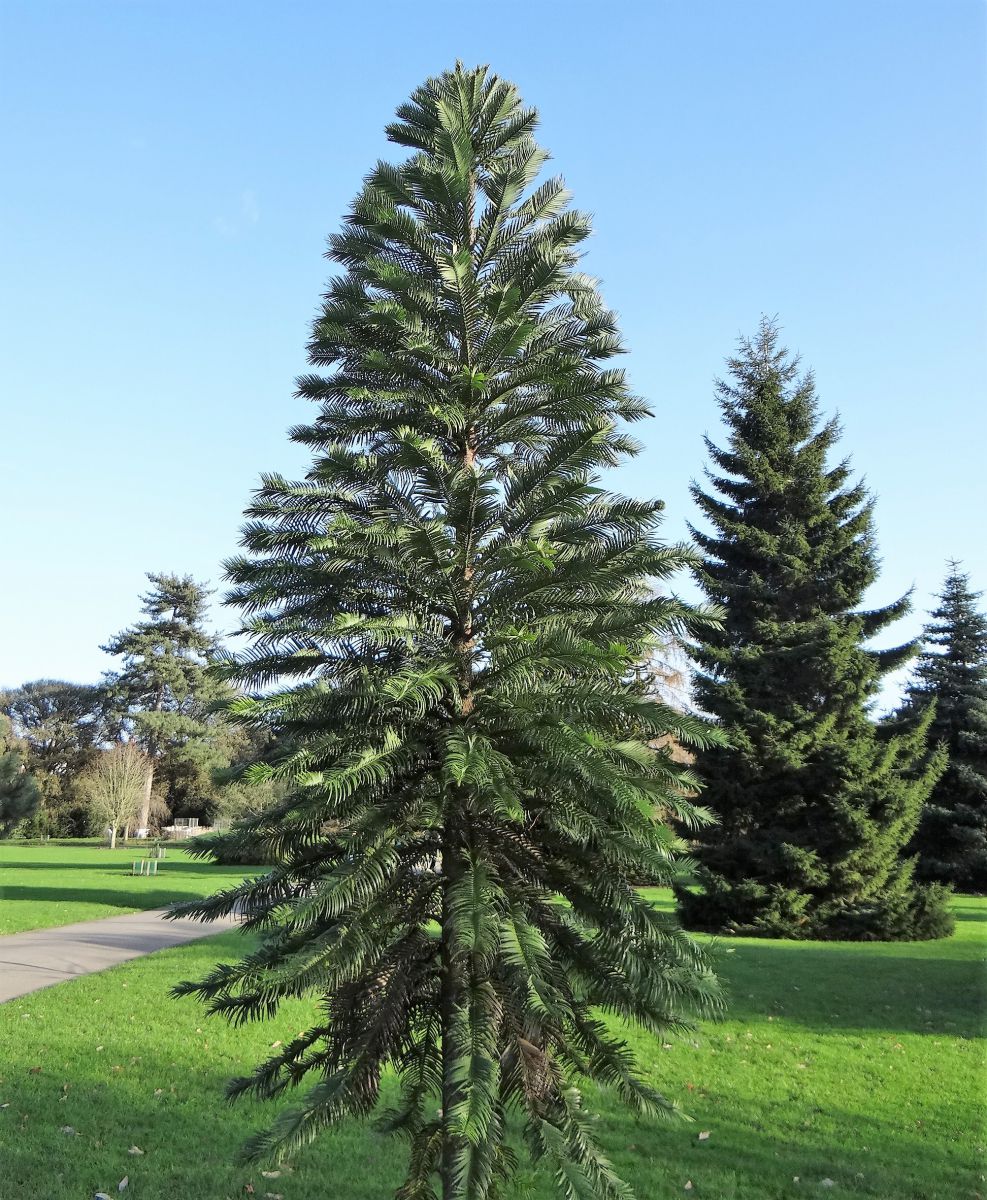
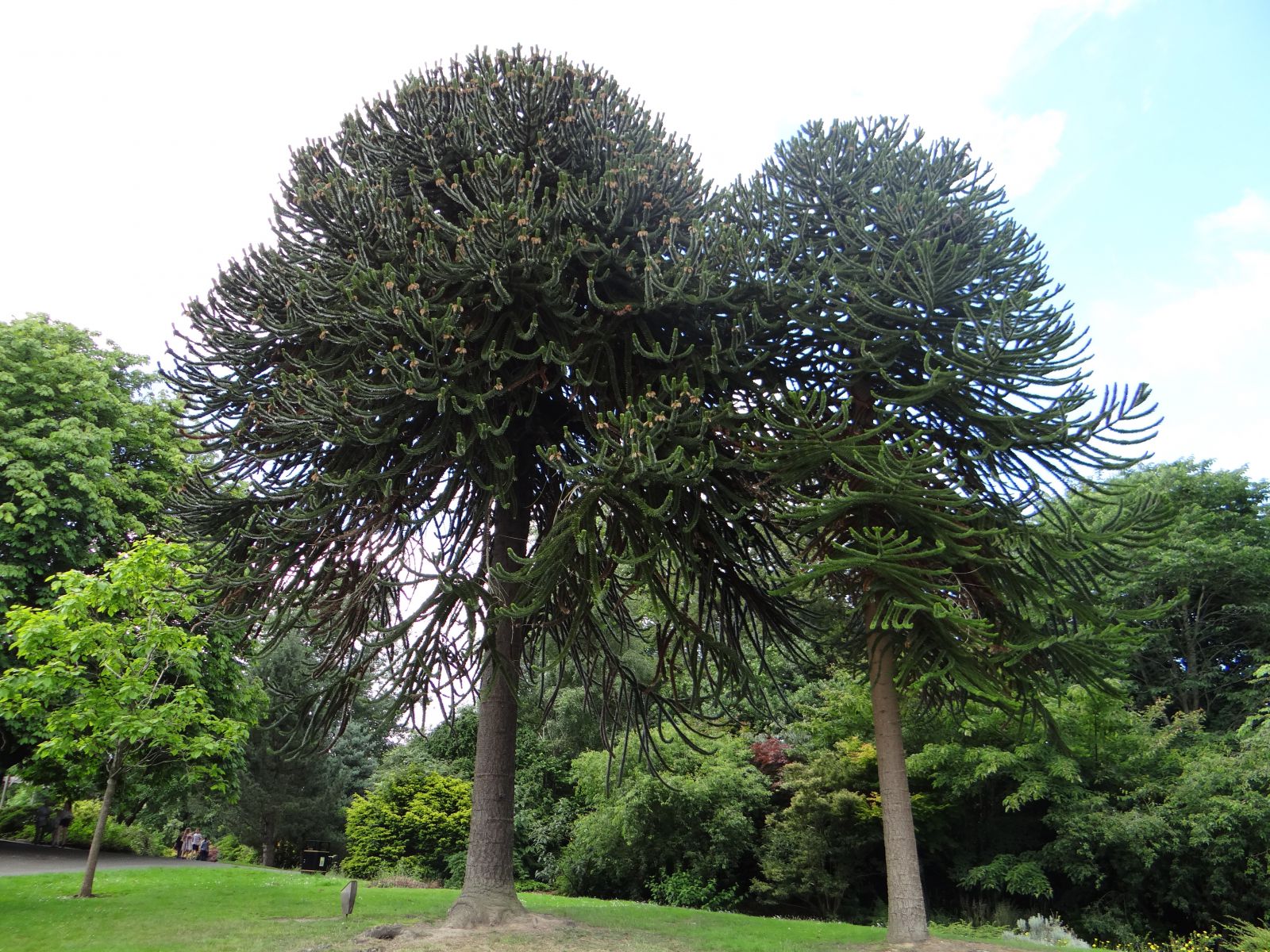
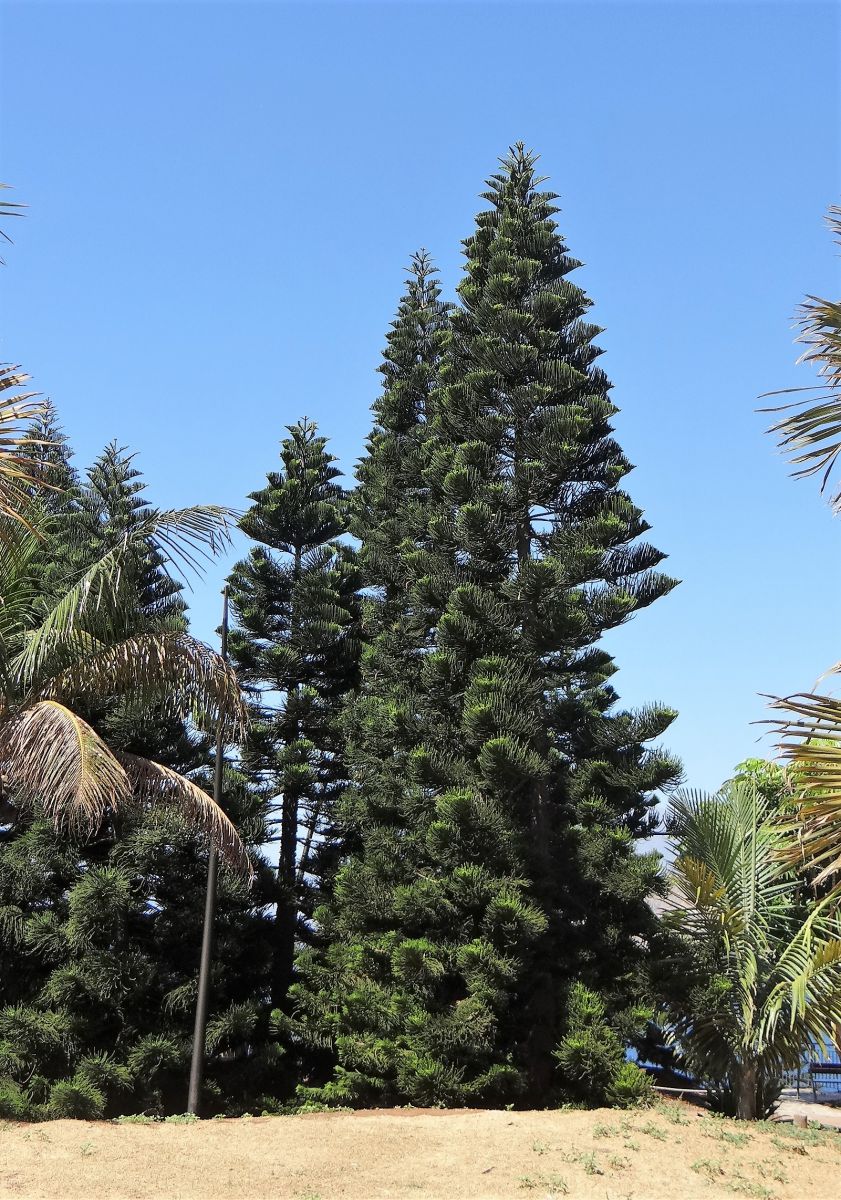
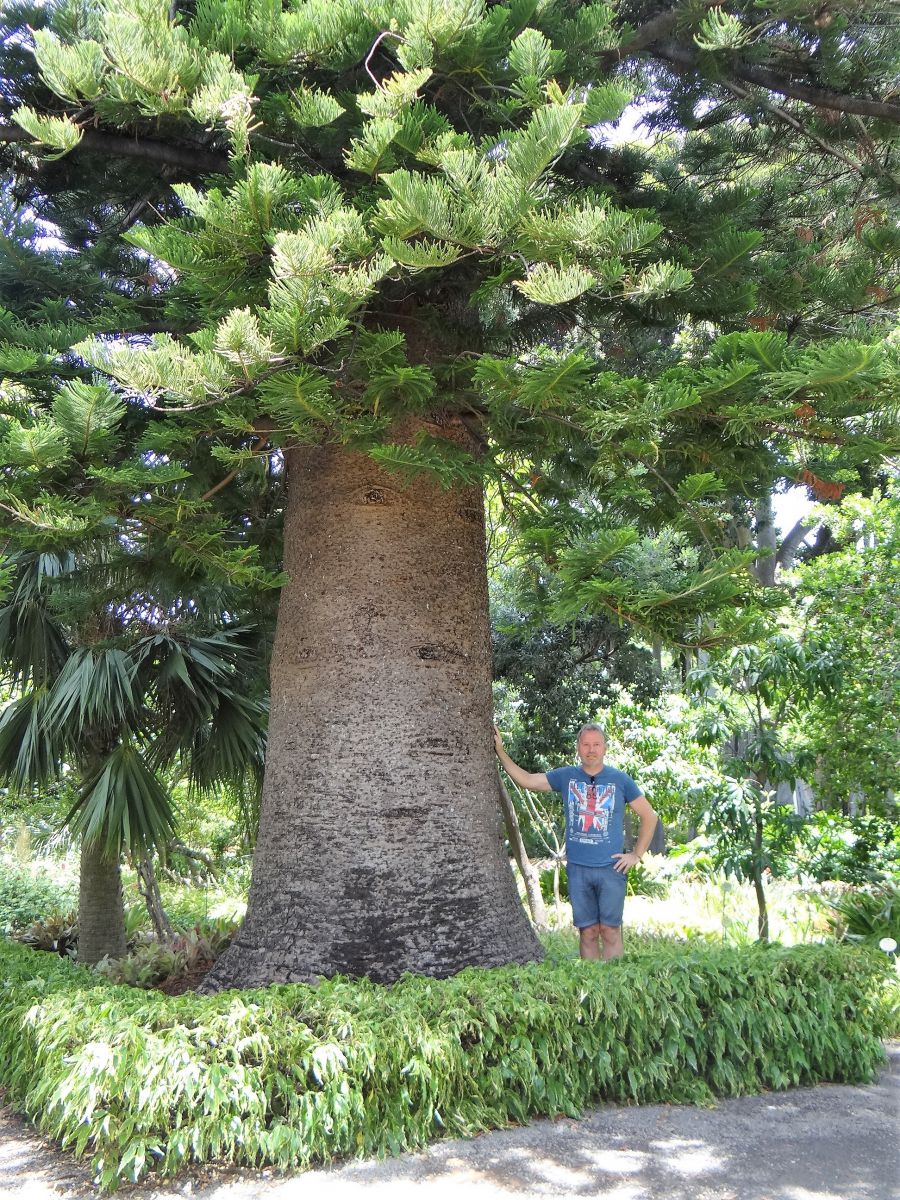
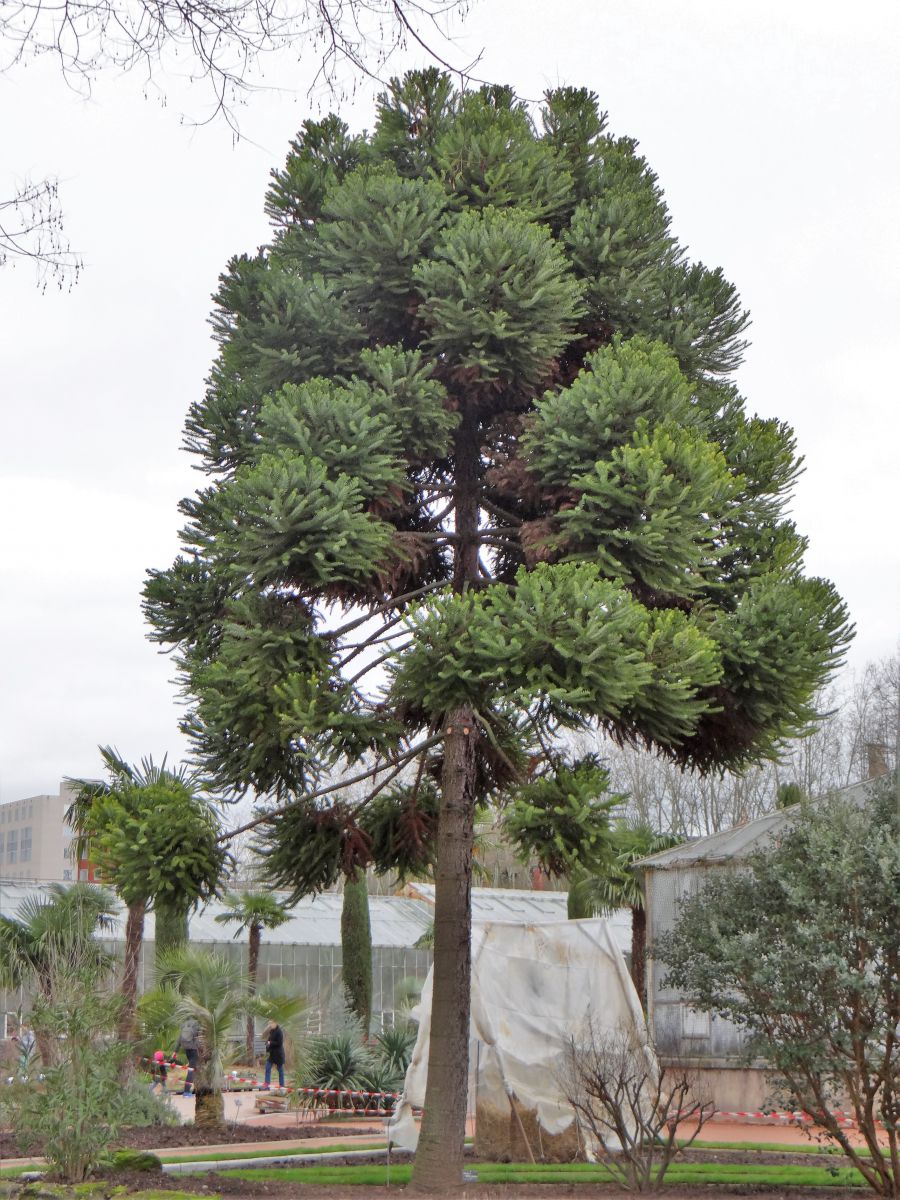
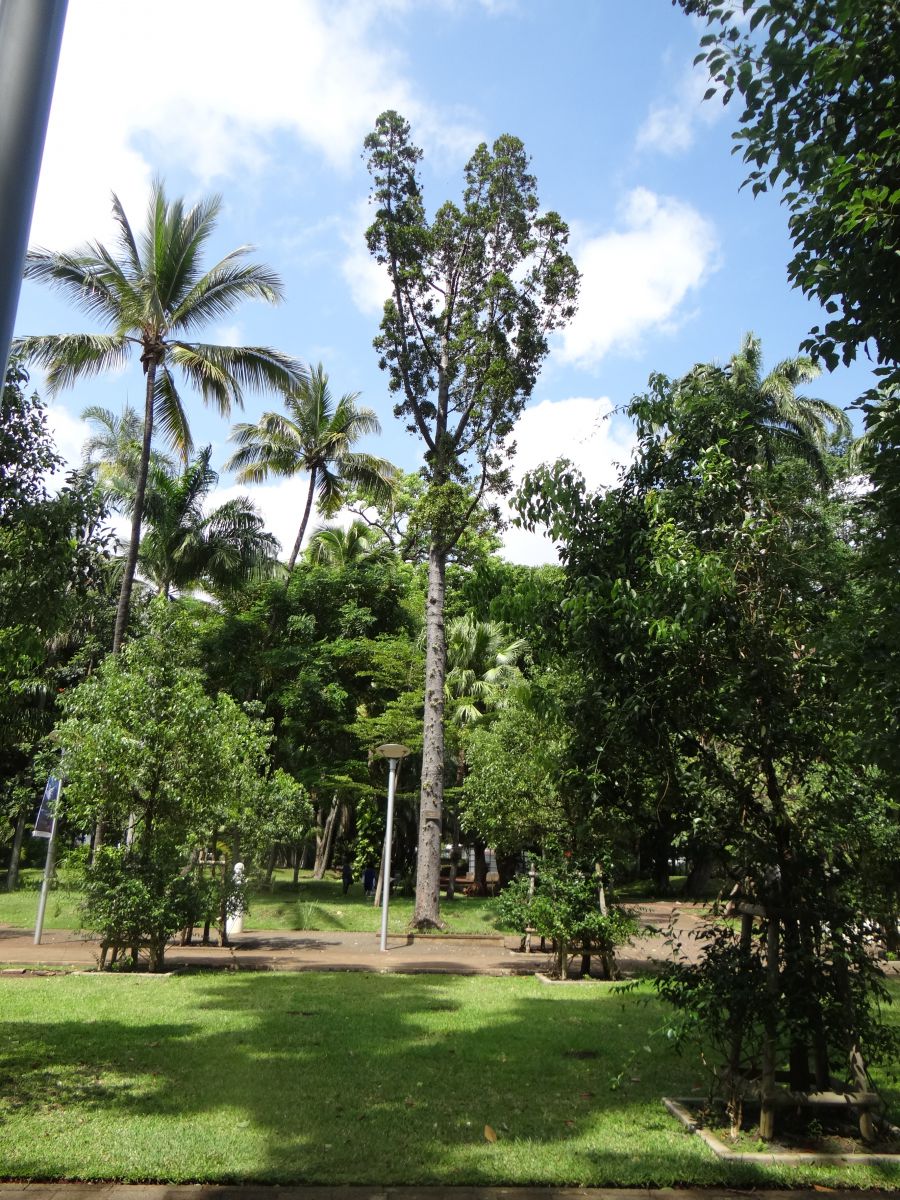
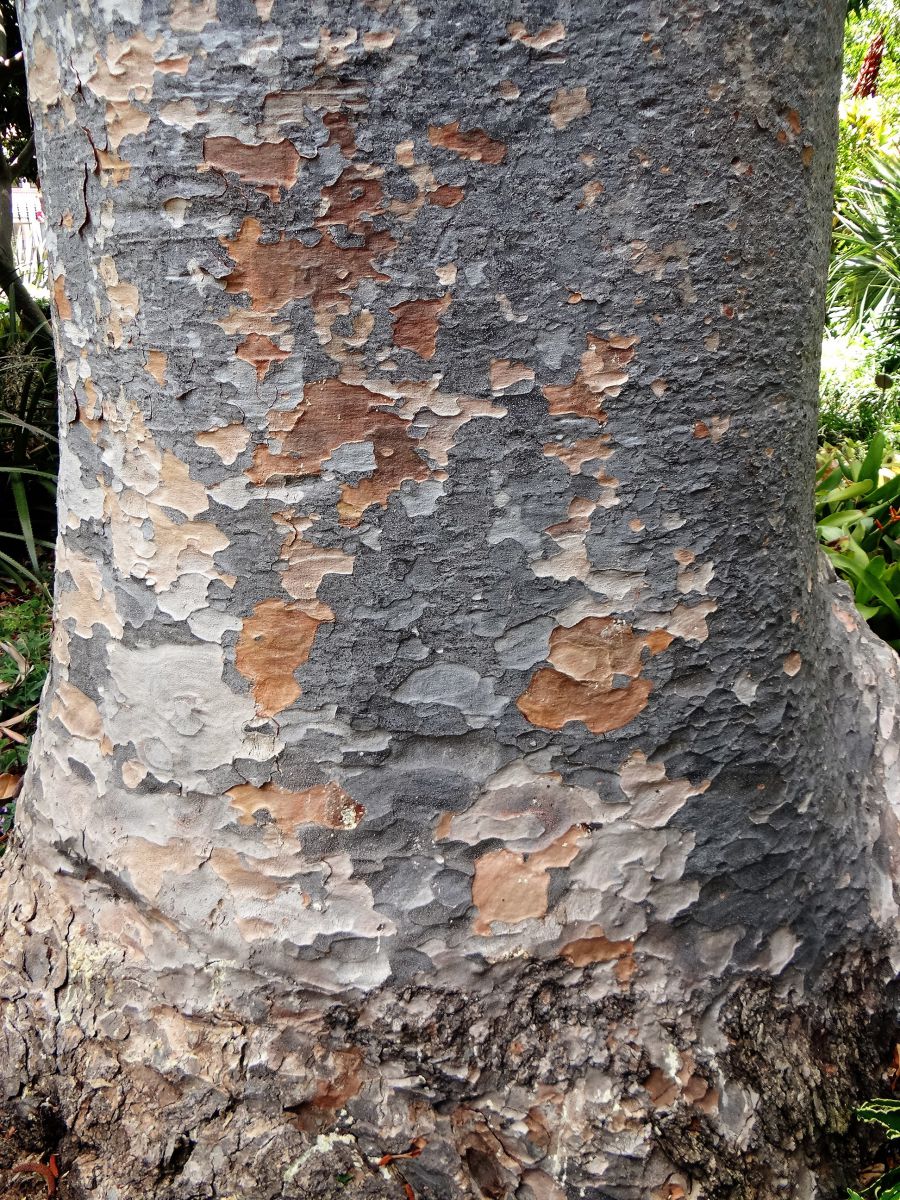
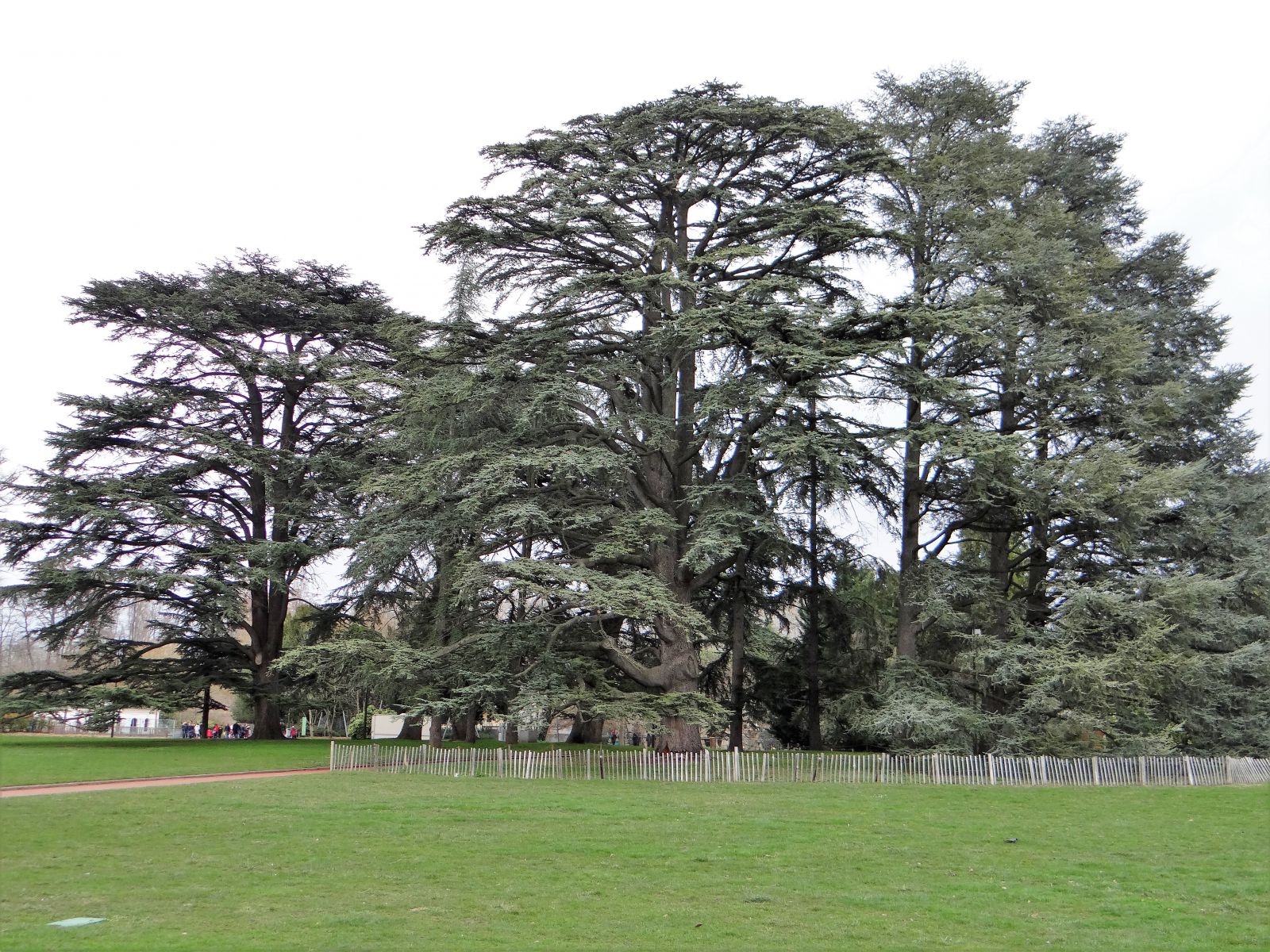
To help gauge the climate and soil preferences for individual species, I will direct you to this other website...
Gymnosperm Database
The Palm-like Tree Ferns are unfortunately relegated to the esoteric fringes of horticulture. Documentation on them is relatively poor. From what I understand, the genus "Blechnum" contains some species which are more tolerant of cool weather than any of the Dicksonias and Cyatheas.
COLD-HARDY TREE FERNS
In the WILD, 34% of the CONIFERS are in the process of extinction
To help gauge the climate and soil preferences for individual species, I will direct you to this other website...
Gymnosperm Database
The Palm-like Tree Ferns are unfortunately relegated to the esoteric fringes of horticulture. Documentation on them is relatively poor. From what I understand, the genus "Blechnum" contains some species which are more tolerant of cool weather than any of the Dicksonias and Cyatheas.
COLD-HARDY TREE FERNS
